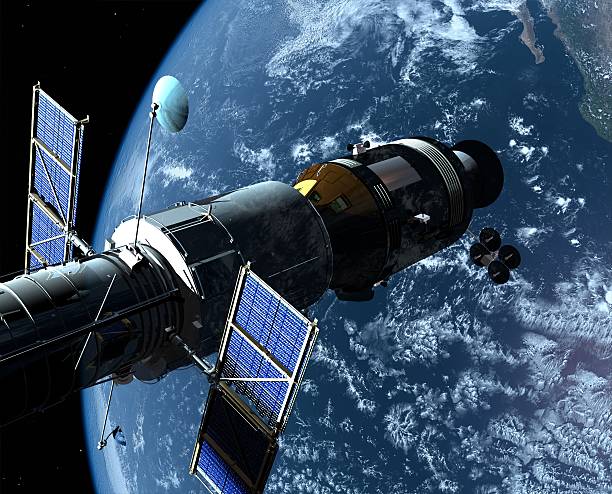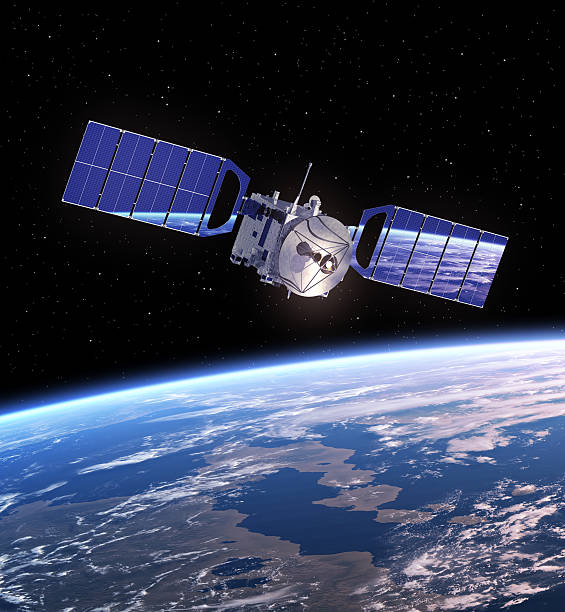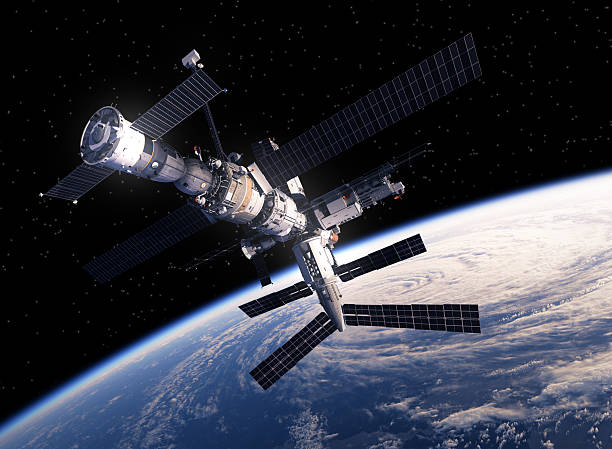Space Technology — Satellites, Mars Missions, and Beyond
By: a kid who loves looking at the sky
When I look up at night, I don’t just see stars. I see a whole world of machines and people working hard to learn more about space. Space technology is like a huge game where scientists and engineers build rockets, robots, and satellites to explore what’s beyond Earth. This sounds big and scary, but it’s also super exciting. I want to tell you about satellites, missions to Mars, and what might come next — in a simple way, like I’m telling a friend.
Why space is interesting to me
Space feels like a place where anything can happen. It is quiet and empty, but it is also full of things we can study. People want to go there to learn, to find new places to live, and to understand how the universe works. When I read about rockets or watch a launch on TV, my heart beats fast. It’s like watching someone try to do something impossible — and sometimes they do it.
Satellites — helpers above us
Satellites are machines that go around Earth. Some are small, some are big, but most of them do jobs that help us every day. For example:
-
Communication satellites help us call people far away and watch TV.
-
Weather satellites watch storms and help meteorologists predict the weather, so people can stay safe.
-
GPS satellites tell us where we are on maps — I use that when I go somewhere new with my family.
-
Earth observation satellites take pictures of forests, cities, and oceans. Scientists use these pictures to learn about climate change and to help farmers.
I think satellites are cool because they feel like silent helpers. They float high above us and do important jobs all the time. It’s weird to think that when I use my phone or check the weather, a machine maybe as far as 36,000 kilometers away helped me.
Also Raed: Blockchain Technology: The Future of Digital Security
How rockets and satellites work (easy version)
Rockets push very hard to escape Earth’s gravity. Imagine throwing a ball so hard it never comes back — that’s what a rocket does. Rockets carry satellites, people, and lab equipment into space. Once a satellite reaches its place, it moves at the right speed so it keeps circling Earth — this is called orbit. Different orbits are used for different jobs. For example, weather satellites often stay over one place, while GPS satellites move in ways that cover the whole planet.

Mars missions — the red mystery
Mars is the planet that everyone talks about when they want to explore other worlds. It looks red because of dust and rocks on its surface. People have tried to send robots to Mars to take pictures and study rocks. India sent a mission called Mangalyaan and it did great — it proved that small teams can do big things. NASA has rovers like Curiosity and Perseverance. These rovers drive around, take samples, and look for signs that water or life once existed on Mars.
Why do we study Mars? One reason is simple curiosity: we want to know if life ever started there. Another reason is planning: if humans want to go to another planet, Mars seems like a possible place. Scientists have to learn how to land there, how to find water, and how to grow food in harsh conditions. Every small discovery helps plan bigger missions later.
Robots vs. humans in space
Right now, robots are better at exploring dangerous places. Rovers can work for years, send back data, and don’t need air or food. Humans are better at making quick decisions and fixing problems on the spot. In future missions, robots might do the first work and humans might come later to build things or do experiments. I hope one day to see astronauts walking on Mars on TV.
The Moon and beyond
People are also planning to go back to the Moon. The idea now is different from the first Moon trips: back then, missions were short. Today, countries want to stay longer and maybe build a base where people can live for some time. The Moon could be a practice place for going farther into space.
There are also ideas like mining asteroids for metals. Asteroids are rocks that float in space. Some contain materials that could be useful for building things in space — so maybe someday, people will mine them instead of bringing everything from Earth.

Space tourism — vacations in space?
Companies are working to let normal people go to space. Right now it is very expensive, and only a few rich people have gone. Still, the idea is that in the future more people might travel to space for short trips, like going to a hotel in low Earth orbit or a Moon flyby. It sounds like science fiction, but bits of it are already happening.
Why space technology matters for Earth
Some people say we should not spend money on space because Earth has problems. That’s a fair thought — but space technology actually helps life on Earth too. Satellites give us weather warnings and help farmers, doctors, and scientists. Research in space has led to new materials and medicines. Space projects also teach new generations to study science and technology. Working together on space missions often brings countries closer and helps us solve big problems as a team.
Also Raed: The Metaverse Revolution: Redefining the Future of Social Interaction
Problems and worries
Space travel is exciting, but there are problems we must face:
-
Cost: Space missions cost a lot. Building rockets and satellites needs money.
-
Safety: Space is dangerous. Astronauts face radiation and many technical risks.
-
Space debris: Old broken satellites and pieces of rockets float around Earth. This junk can crash into working satellites. We need better ways to clean it up.
-
Long travel: Going to Mars takes months. We need to figure out how to keep astronauts healthy during long trips.
These are big issues, but people working in space are trying to solve them every day.
FAQs
Space technology used in everyday life
Space technology is not just for astronauts. Many things we use daily came from space research, such as GPS navigation, satellite TV, weather forecasts, and even memory foam in shoes and pillows.
Technological advancements in space exploration
Some big advancements include reusable rockets (like SpaceX Falcon 9), powerful telescopes such as the James Webb Space Telescope, improved space suits, and 3D printing in space to make tools. These make missions safer and cheaper.
Technology used in space exploration
Space exploration uses satellites, telescopes, rockets, rovers, landers, and life-support systems. Communication technology allows astronauts to talk with Earth, while robotics and AI help with navigation and scientific experiments.
Space technology examples
-
GPS and navigation systems
-
Satellite weather prediction
-
Solar panels
-
Wireless headsets
-
Water purification systems
-
Anti-scratch lenses for glasses
-
Insulation materials used in homes
NASA technology in everyday life
NASA inventions that we use include: cordless power tools, scratch-resistant lenses, infrared thermometers (used during COVID checks), improved prosthetic limbs, and freeze-dried food.
10 benefits of space exploration
-
Better weather forecasting
-
GPS and navigation
-
Safer airplanes and transport
-
New medical devices
-
Cleaner water technology
-
Solar energy improvements
-
Communication (internet, TV, phones)
-
Scientific knowledge about planets and stars
-
International cooperation
-
Inspiration for young people to study science




